Photography Tips for Winter Campers in the Pacific Northwest
Like me, outdoor enthusiasts are drawn to the pristine landscapes and snow-covered forests for unforgettable camping adventures in the Pacific Northwest. From snow-capped mountains and icy lakes to towering evergreens, the winter scenery here offers endless opportunities for stunning photography.
So, here are some photography tips for winter campers in the Pacific Northwest. As an iPhone photographer, I will include some specific iPhone photography tips (because you don't always want to lung around your heavy and expensive photography equipment on your outdoor adventures, at least I don't).
Of course, these tips can be used any time of the year, but focusing on the time of the year with the lowest light makes for the more versatile tips.
8 Photography Tips for Winter Campers in the Pacific Northwest
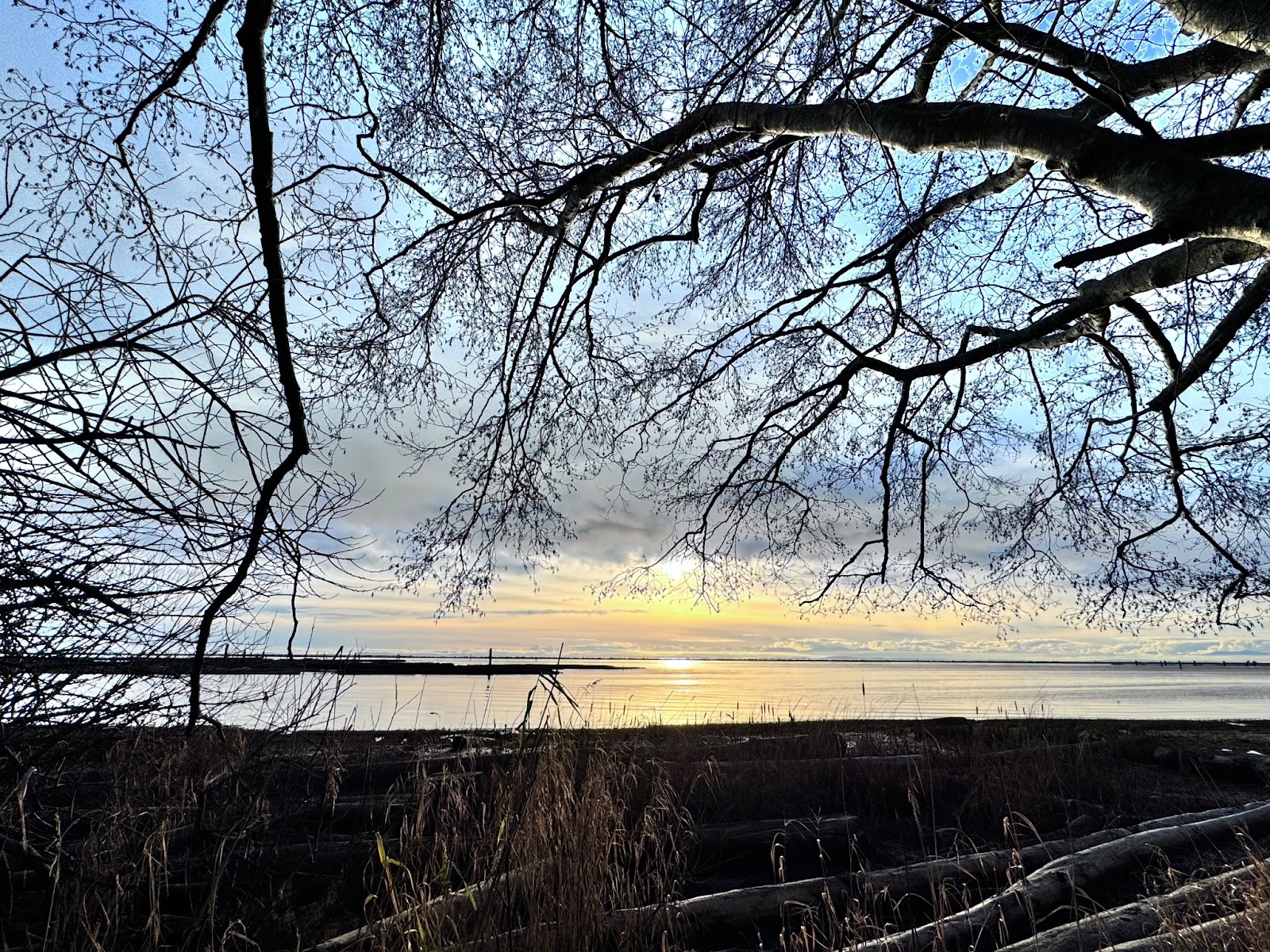
1. Embrace Golden Hour
In the Pacific Northwest, the low winter sun casts a warm, golden glow over the landscape during the early morning and late afternoon hours. Take advantage of these magical moments known as the golden hour to capture soft, diffused light that enhances the texture and depth of your photos.
Plan your photography outings around sunrise and sunset to capture stunning landscapes bathed in golden hues, from snow-covered mountains to frost-covered forests.
2. Use a Tripod for Stability
Winter camping often means cold temperatures, icy conditions and lower light, making stability a vital consideration, especially when capturing long exposures or shooting in low light.
Invest in a sturdy, weather-resistant tripod that can withstand the rigours of winter photography and provide steady support for your camera, even on uneven terrain. A tripod will help prevent camera shake and ensure sharp, blur-free images, allowing you to capture the intricate details of snowflakes, frost patterns, and frozen landscapes with precision and clarity.
If you don't want to invest in a tripod or don't want it to take up space in your bag, keep an eye out for things you can rest your phone on to keep it stable while capturing photos. Sometimes, I even lay on the ground to capture the perfect picture (make sure you're wearing suitable clothes for the weather so you stay dry).

I didn’t use a tripod for this photo, but I set up my camera on the edge of the truck to capture this image. Very impressed how well my iPhone captured the snail despite it being almost completely dark.
3. Experiment with Exposure Compensation
Snowy landscapes can trick your camera's light meter, resulting in underexposed photos with dull, gray tones.
To compensate for this, experiment with exposure compensation to brighten your images and retain the natural brightness and vibrancy of the snow. Increase your camera's exposure by +1 or +2 stops to ensure proper exposure and preserve the delicate highlights and shadows of the winter landscape.
How to experiment with exposure on your iPhone:
- Set Focus and Exposure: When the camera is open, tap on the screen to set focus and exposure on your desired subject. This will also bring up the yellow square or rectangle, indicating where the iPhone has set the exposure.
- Adjust Exposure: Once the yellow square or rectangle appears, you can manually adjust the exposure by swiping up or down on the screen. Swipe up to increase exposure (brighten the image) or swipe down to decrease exposure (darken the image). As you swipe, you'll see a sun icon appear on the right side of the screen with a slider indicating the exposure compensation level.
- Review and Capture: As you adjust the exposure compensation, keep an eye on the preview image to see how it affects the brightness and overall look of the photo. Once you're satisfied with the exposure, capture the picture.
- Evaluate and Adjust: Review the image to see if the exposure compensation achieved the desired result. If the image is too bright or dark, repeat the process and adjust the exposure compensation until you reach the desired exposure level.
4. Capture the Contrast of Shadows and Highlights
Winter landscapes in the Pacific Northwest are characterized by striking contrasts between light and shadow, with sunlight filtering through the trees and casting long, dramatic shadows across the snow-covered terrain.
Embrace the interplay of light and shadow in your photos to create dynamic compositions and evoke a sense of depth and dimension. Look for interesting patterns and textures formed by the interaction of sunlight and snow, from intricate frost formations to sparkling icicles hanging from tree branches. Of course, there isn’t always snow in the winter in a lot of the Pacific Northwest (like this year), but you can still consider shadows and highlights in the forest, especially during the winter when there is less light.
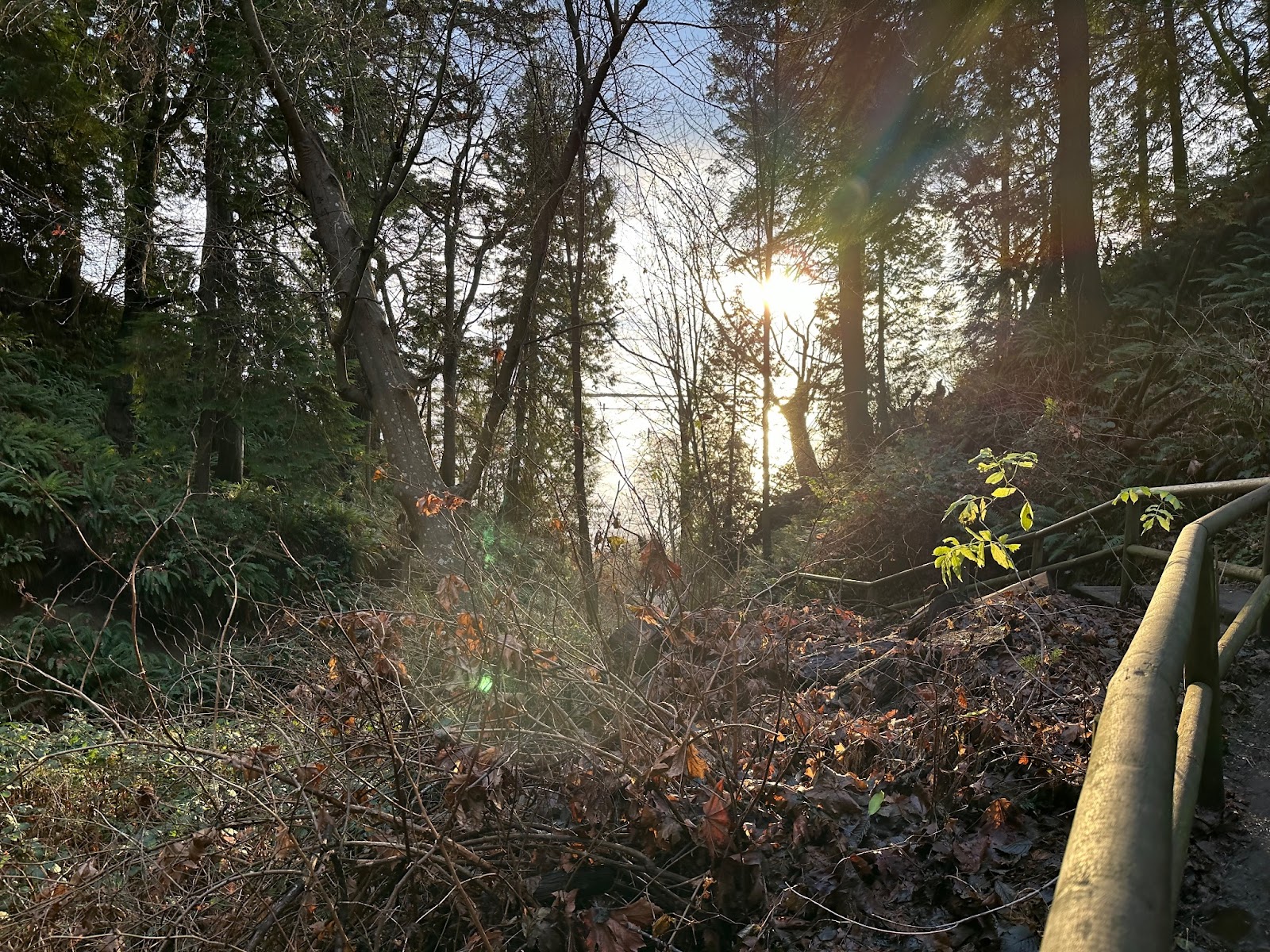
I absolutely had to capture how the sun was streaking through the trees right before sunset.
For iPhone photographers, HDR (High Dynamic Range) mode can help you capture more detail in your photos' highlights and shadows, resulting in well-exposed images with balanced lighting.
5. Focus on Composition
Composition plays a crucial role in creating visually compelling winter photographs. Experiment with different perspectives, angles, and framing techniques to capture the beauty and grandeur of the Pacific Northwest in winter.
Incorporate leading lines, such as snow-covered trails or winding rivers, to draw the viewer's eye into the scene and create a sense of depth and movement.
Consider the rule of thirds and place key elements of interest, such as mountains, trees, or frozen waterfalls, along the gridlines to create balanced and harmonious compositions.
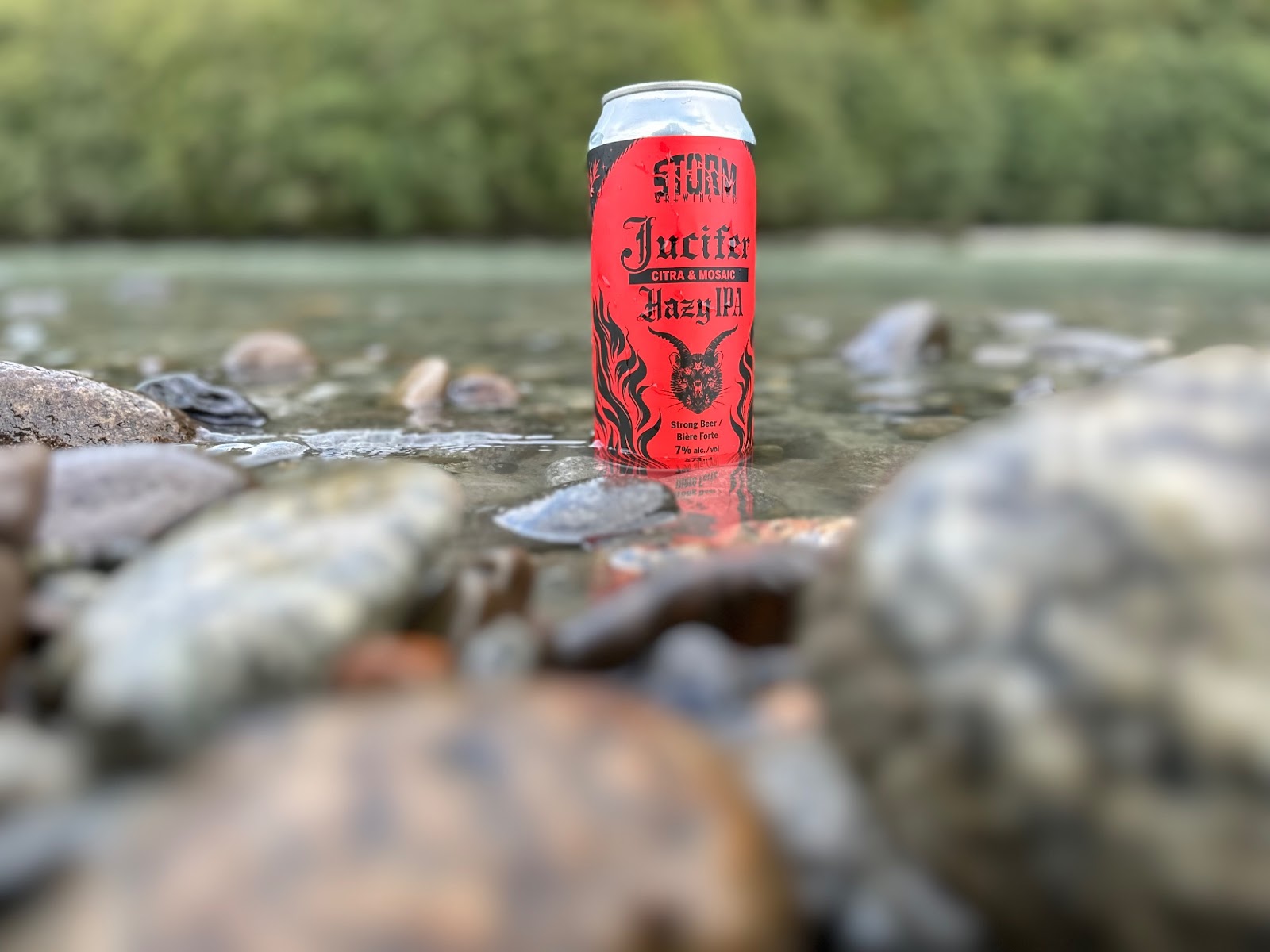
Beer is often one of my camping companions, and it can be a lot of fun to experiment with taking product photos on my adventures. I love how the composition of this image came out with the angle and the rocks at the water’s edge in the foreground.
6. Highlight the Beauty of Frost and Ice
Winter in the Pacific Northwest transforms the landscape into a sparkling wonderland of frost and ice, with frozen waterfalls, icy lakes, and delicate frost patterns adorning the scenery. Focus on capturing the intricate details and textures of frost and ice formations, from glistening frost crystals on branches to translucent ice formations along riverbanks.
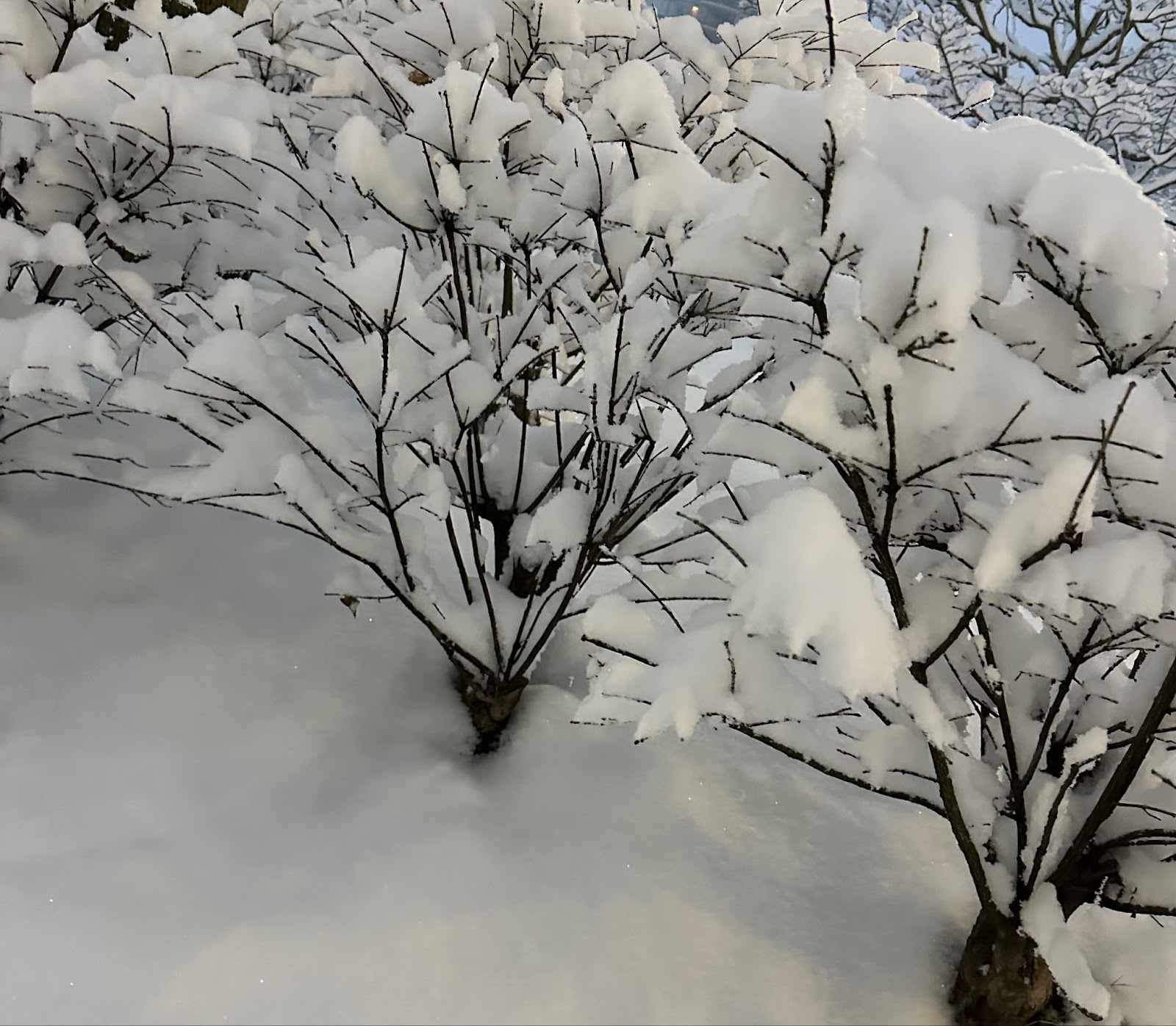
The snow can be hard to capture, but it’s a great opportunity to play with lighting and your camera settings.
Get up close with a macro lens, or use the macro mode on your camera to reveal the mesmerizing beauty of these frozen treasures in exquisite detail.
7. Dress for Success
Remember to dress for success. Winter camping in the Pacific Northwest requires proper preparation and attire to stay warm and comfortable in the chilly temperatures.
Dress in layers to retain heat and regulate your body temperature, opting for moisture-wicking base layers, insulating mid-layers, and a waterproof outer shell to protect against snow and moisture (so you can kneel without worrying about getting wet).
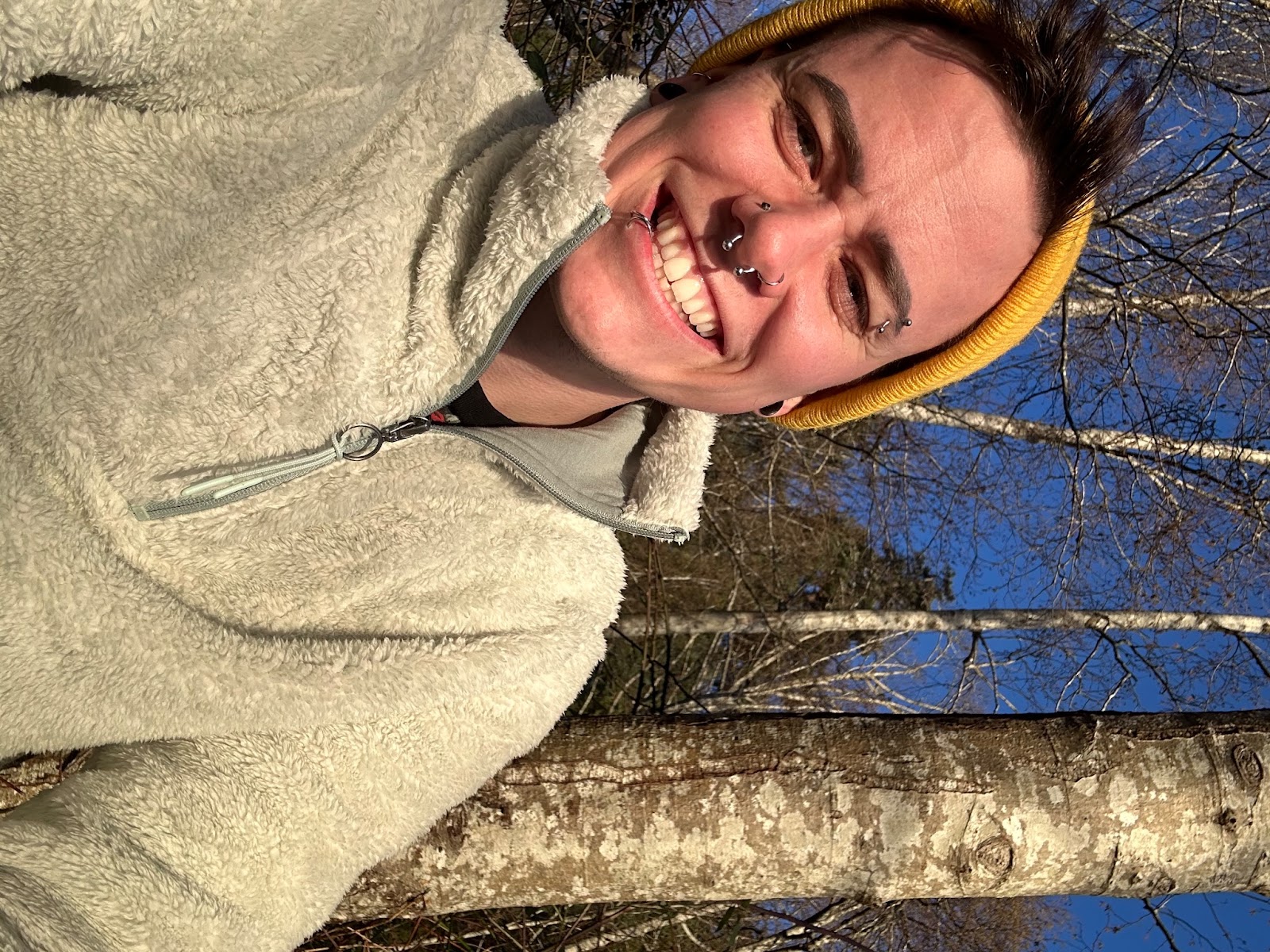
Me on an outdoor adventure with a good base layer, a warm and cozy sweater and a toque (not pictured my waterproof layer).
Also, wear sturdy, insulated boots with good traction to navigate slippery terrain safely and comfortably. If you're anything like me, you'll do lots of clambering over things to get in the best position for a photo, so boots that protect you from slipping are critical.
By dressing for success, you'll be able to focus on capturing stunning winter photos without worrying about the cold or discomfort.
If you're taking photos with your iPhone or other smartphone, you likely want to consider ways of protecting your hands; this could include:
- Fingerless gloves
- Touchscreen gloves
- Hand warmers
- Remote shutter release
I tend to opt for fingerless gloves because I have yet to spring for a remote shutter release, and I am personally not a big fan of touchscreen gloves, even though they have gotten quite good.
New to winter camping? Check out my article on tackling winter camping challenges.
8. Protect Your Gear from the Elements
Winter conditions can be harsh on camera gear, with snow, ice, and moisture posing potential risks to your equipment.
Protect your camera and lenses from the elements by using weather-sealed camera bodies and lens covers to shield against snow, rain, and moisture. Carry a microfiber cloth to wipe away any snow or condensation that accumulates on your lens, and store your gear in a padded camera bag or backpack to cushion against bumps and shocks.
Consider using a waterproof camera case or dry bag for added protection when hiking or camping near bodies of water or in wet, snowy conditions.
Essential Smartphone Photography Equipment for Personal Outdoor Photography
I've already mentioned some equipment throughout this article; however, I will include a consolidated list for those looking to start taking better outdoor photographs on their next camping or hiking adventure.
I am focusing on equipment for smartphone photographers because that's where many people start (and where I tend to stay, so this is what I know best). Even though I have a DSLR, I don't tend to bring it on my outdoor adventures because I am worried about breaking it, and it's less convenient than taking photos on my iPhone, which still gets me decent-quality photos.
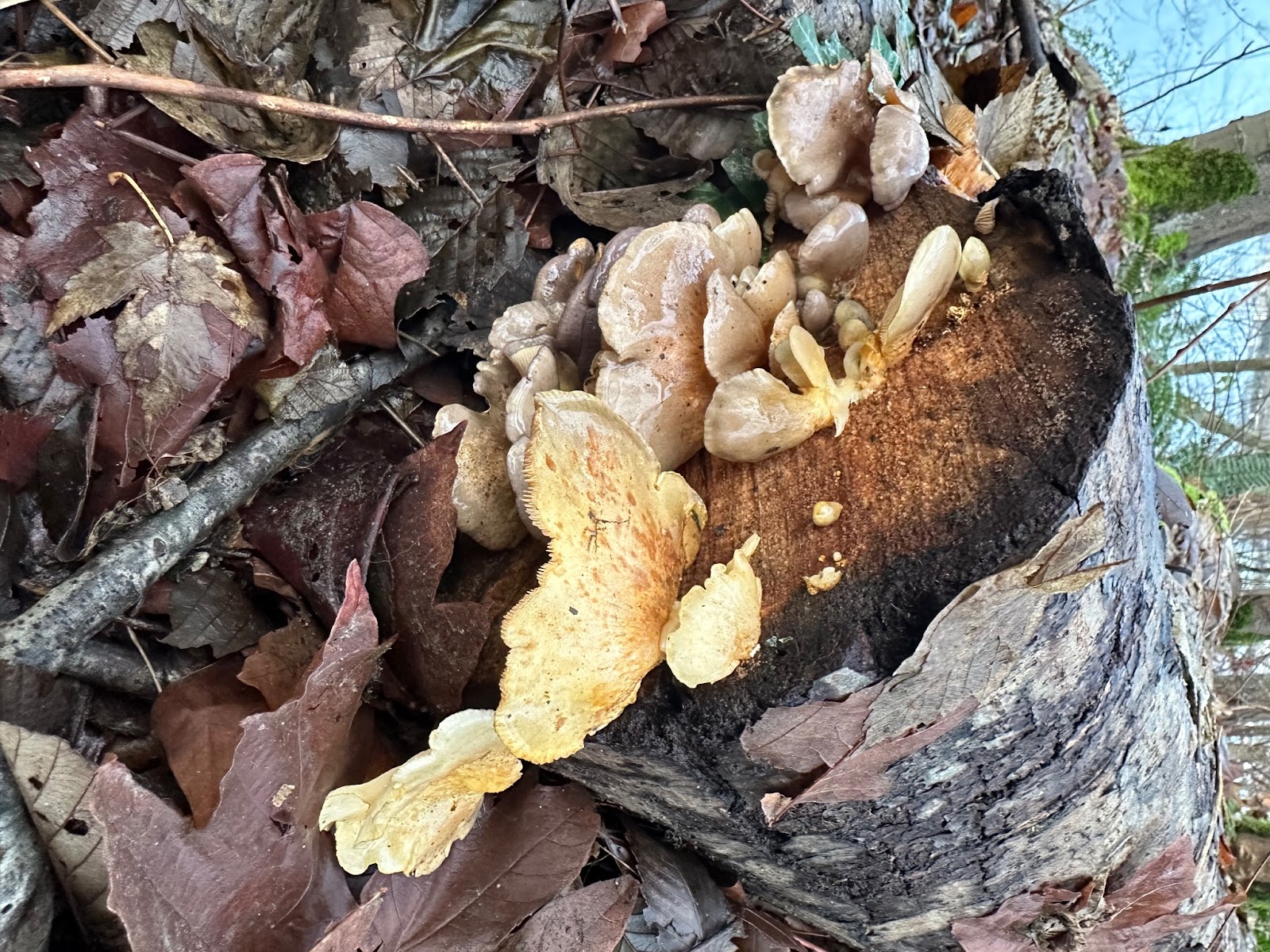
The mushrooms are absolutely stunning in the Pacific Northwest.
Smartphone photography equipment
- Lens: You can expand the capabilities of your smartphone camera with several different lens attachments; since they aren't huge, you can get a lens kit and easily carry them all with you. Wide-angle lenses are perfect for capturing expansive landscapes. In contrast, macro lenses allow you to get up close and personal with tiny details like flowers and insects. Fish-eye lenses provide a unique perspective ideal for creative and artistic shots. (My favourite is the macro lens because I love taking pictures of the vast variety of mushrooms in the Pacific Northwest).
- Tripods and mounts: Stabilizing the smartphone is critical for blur-free photos and steady video recordings, especially during low light. Look for lightweight, compact tripods that are easy to carry and adjustable to accommodate different shooting angles and heights. Some tripods even come with flexible legs you can wrap around tree branches or rocks for creative compositions; these tend to be my go-to's.
- Battery bank: Maybe the most important thing you'll need if you're taking pictures on your smartphone on your outdoor adventures is battery life. Unfortunately, our smartphones don't have a great battery life, especially for all-day hikes or multi-day camping trips. So, make sure you carry a battery bank in your adventure kit. You may want one that can charge your device more than once, and you may even want one that will charge multiple devices at a time. Additionally, for those multi-day trips, you can get a battery bank that recharges via a small solar panel.
- Weatherproof cases: Protecting your device is critical, especially during cold and rainy weather. Look for a rugged, shockproof case with 360-degree protection against drops, bumps, dust, and water damage. This ensures your device remains safe and functional in all outdoor conditions.
- Hand straps and lanyards: Another thing you should consider for protection is a hand strap or lanyard. This can prevent accidental drops and ensure you keep your device safe. I don't know how many times I have nearly dropped my phone while on adventures.
- External storage: While smartphone storage is increasing, it may not be enough, especially when taking loads of pictures on an adventure (and when you don't have access to cloud storage). Consider a compact, lightweight external storage device that connects directly to your phone's USB-C or Lightning port, allowing you to offload photos and videos to free up space for more memories.
Final thoughts
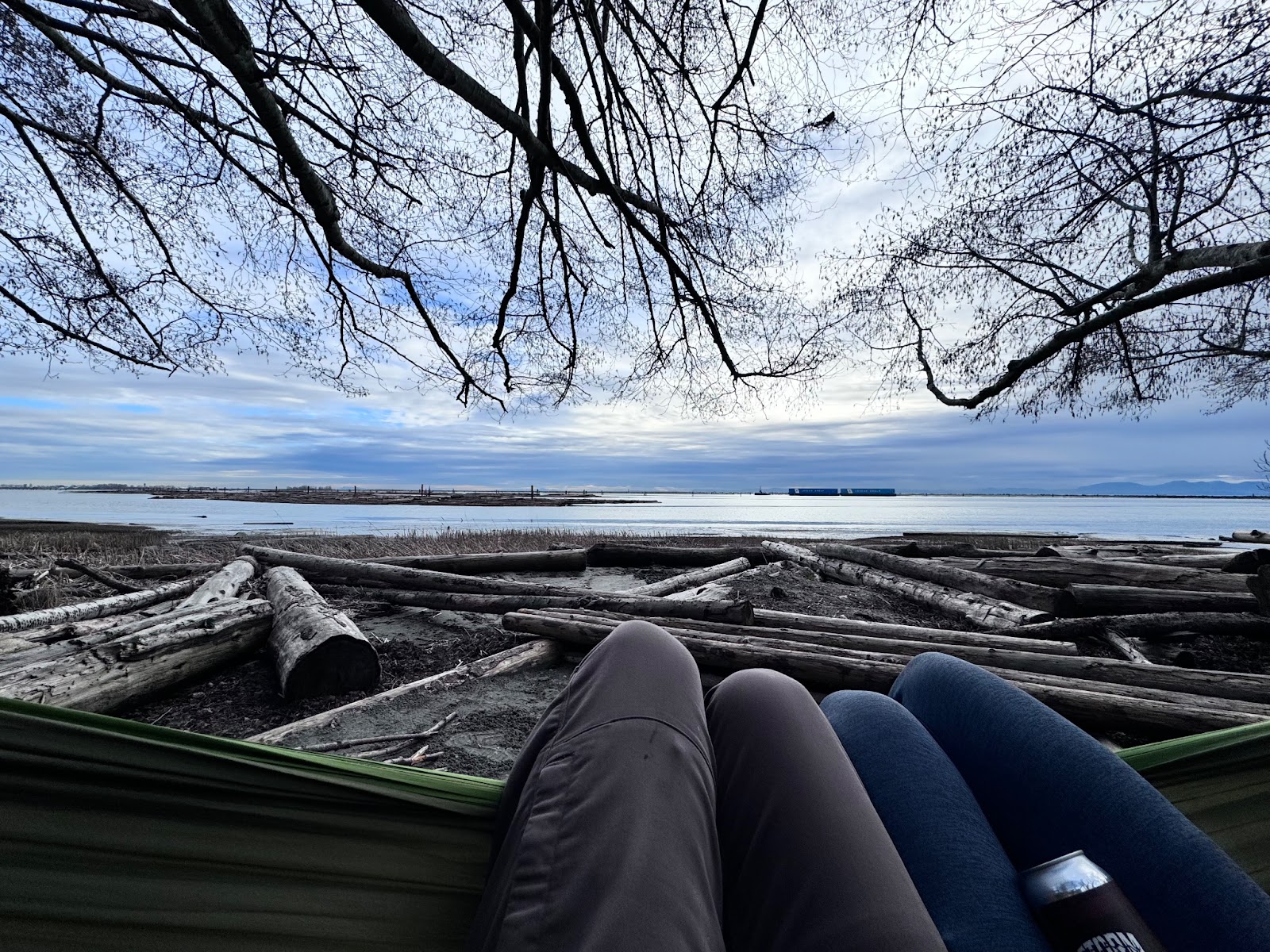
Photography is one of the things I love the most about my outdoor adventures, and I am incredibly lucky to live in a place as beautiful as the Pacific Northwest. I am always experimenting with my camera and learning new ways to capture great photos. Please take these tips with you on your next adventure and share the pictures you capture on camping.tools.
Learn something new that you're excited to try? Let me know in the comments. Or if you have a tip you'd like to add, I want to hear that too.
Want to read more of the things I've written?






I love this article!
As an amateur photographer, I'd consider taking pictures during the "blue" hour as well. It happens before dawn and after dusk, when the sun is below the horizon but it's not too dark yet. During this time, the remaining sunlight takes on a mostly blue shade. Photos don't have harsh shadows and light is soft and even.